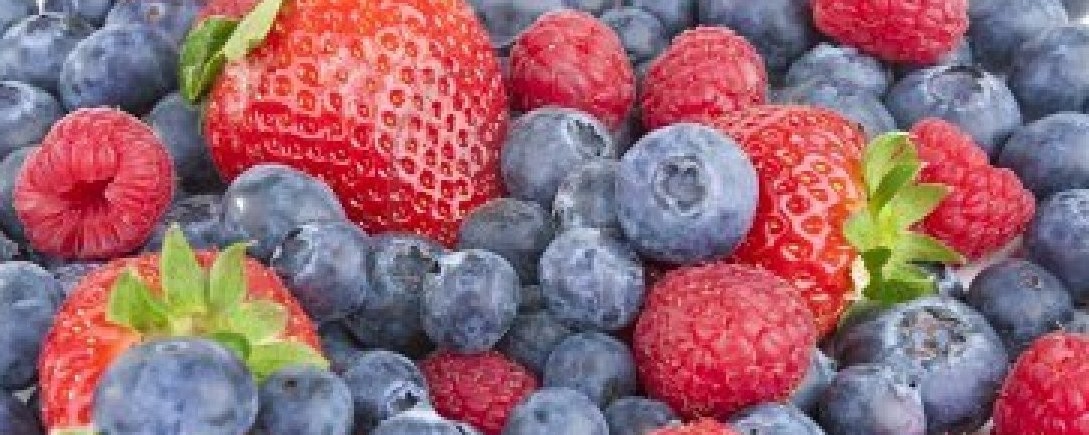To me, canning is a phrase that conjures up memories of damp, dusty cellars full of the harvest from last year (or older) that was preserved at home for future use. Before the days of “just in time inventory” and shipping food across the entire planet, canning allowed a family to enjoy seasonal food all year long.
Raspberries could be canned and months later used to make a pie in the middle of winter. Venison could be “put up” and eaten long after seer season was over (preventing the need for poaching!) With a little planning and some effort, a family could be fed, and fed WELL, all year long.
For some of my readers, canning is still part of their lives. From my day to day experience, almost nobody we know does any canning at home. I have had folks ask me if it was still possible, can’t the canner explode, and is the food safe to eat?
(Click here for all of my “canning” articles. It will open in a new window.)
 For example, yesterday, my wife, her mom, and our youngest daughter got together to make a batch of “Lime Marmalade” and a double batch of “Triple Berry Jam”. Today, my wife’s brother stopped by, and she gave him a jar of each. As soon as he arrived home, his wife started in with questions that he couldn’t answer, so he called us.
For example, yesterday, my wife, her mom, and our youngest daughter got together to make a batch of “Lime Marmalade” and a double batch of “Triple Berry Jam”. Today, my wife’s brother stopped by, and she gave him a jar of each. As soon as he arrived home, his wife started in with questions that he couldn’t answer, so he called us.
“What is this? Do I have to eat it now? Does it have to stay in the refrigerator?“
My wife told him what they were again (he’s a tad bit forgetful), and then told him that it could be stored on a shelf just like a jar of jam that you bought at the store. He was completely in the dark with what home canned goods are, how long they last, and that they are handled just like store-bought goods. (Yes, we’ve told him all of this before, remember, the forgetful part I mentioned?)
So this week, I want to talk about what home canned goods are, the processes used for them, and a variety of other things to hopefully push you in the direction of canning your own goodies. I’ve said it before, if you can follow the directions on a cake mix box and end up with an edible cake, you can learn to can your own food that will be as shelf stable as the store bought equivalent.
I will also go over the tools, utensils and supplies needed. The first time we canned something as a married couple, the only things we bought to get started was the fresh food, pectin and the jars – we had everything else in our standard, skimpy, newlywed’s kitchen. A large steel pot, some metal spoons, a measuring cups and spoons. Really. It is that simple.
Tomorrow, I’ll go over the processes, food types for each, and the reasons certain types of foods require different types of processing.
Hopefully, by the end of the week, you’ll have gone out and bought your first dozen jars, and next weekend plan on making your first home canned batch of strawberry jam (it’s the simplest of the simple).
One taste, and you’ll never buy jam again.
Peace,
db
As always, please “like” FloridaHillbilly on Facebook, subscribe to my feed, follow me on Twitter, add it to Google+, Pinterest, Linkdn, Digg, and/or tell your friends! The more folks that read this and learn how to can their own food, the fewer folks standing in FEMA lines for handouts (or knocking on YOUR door) after a disaster…
Need something from Amazon (and who doesn’t)? I earn a small commission from purchases made when you begin your Amazon shopping experience here. You still get great Amazon service and your price is the same, no matter what.
Somebody gets the referral fee, why not allow this old Hillbilly use it to help make ends meet?

How timely is this, I’m looking at canning some tomatoes this afternoon.
Looking forward to your canning information. Just this morning I was out with my husband and two grandsons. It is an annual thing, we pick dewberries and then blackberries and I make jam. Since the kids are only allowed to eat organic this is a valuable item in their kitchen. Later I will be making fig preserves on halfs with the man who owns the fig tree. So far, I am only doing the hot water bath canning. Still looking for a pressure cooker so I can put up some meats. Not sure if tomatoes need a pressure cooker or not?
I’ll get to all those questions and more, hopefully…but I’ll say this for tomatoes…it depends on how acidic they are.
Many of the tomatoes you get today are low-acid, so are easier on digestive systems. A low-acid tomato requires pressure canning. However, you can always add in an acid, vinegar or lemon juice are regularly added to modify the pH. This is why many hot sauces are so acidic, no need to pressure can them.
Thanks for the kind words